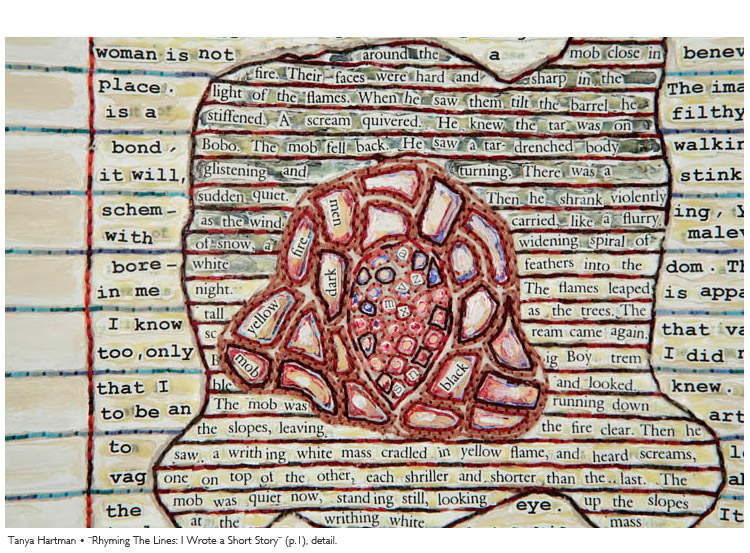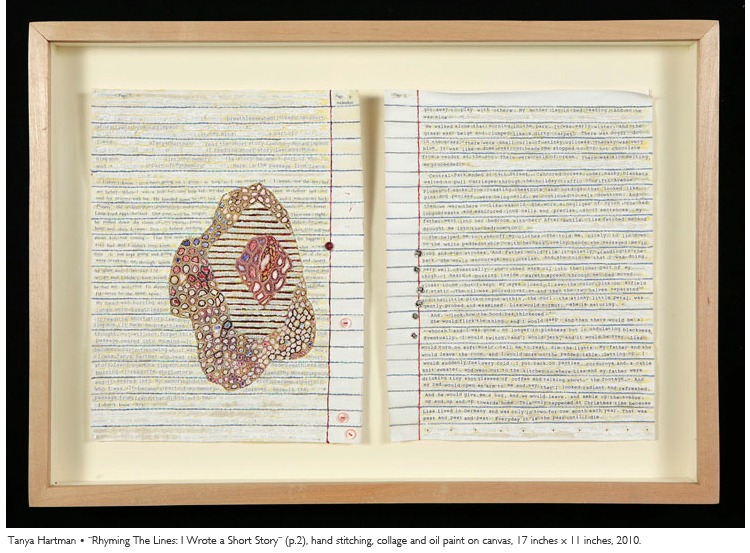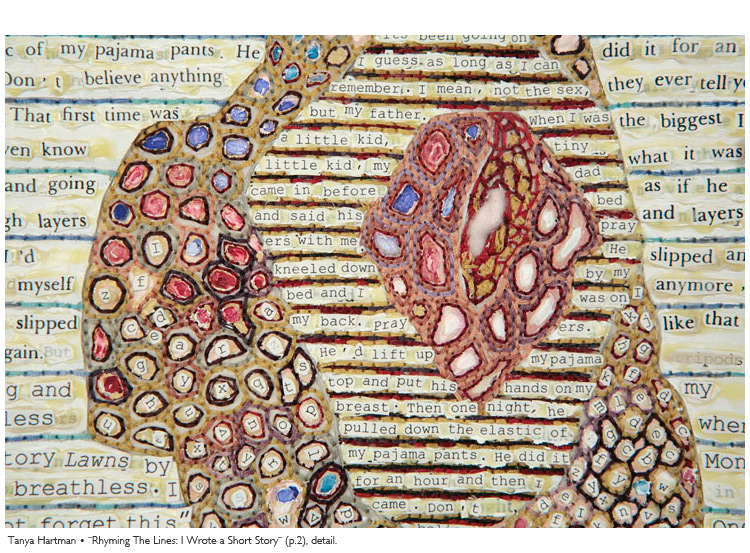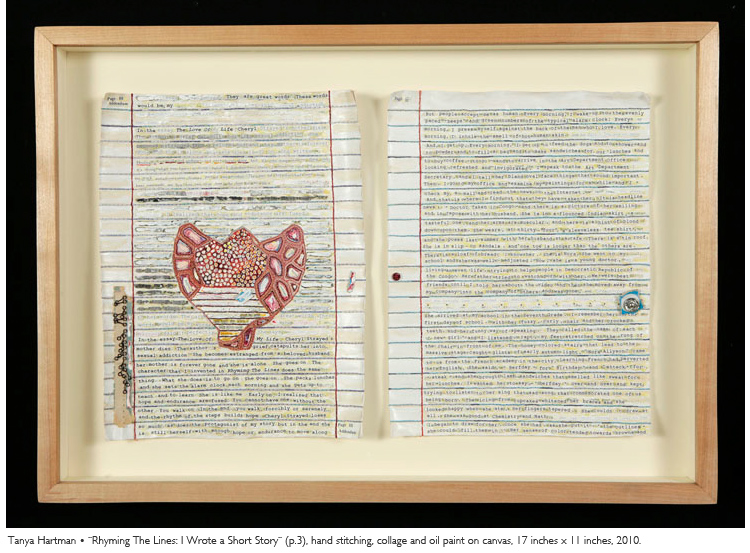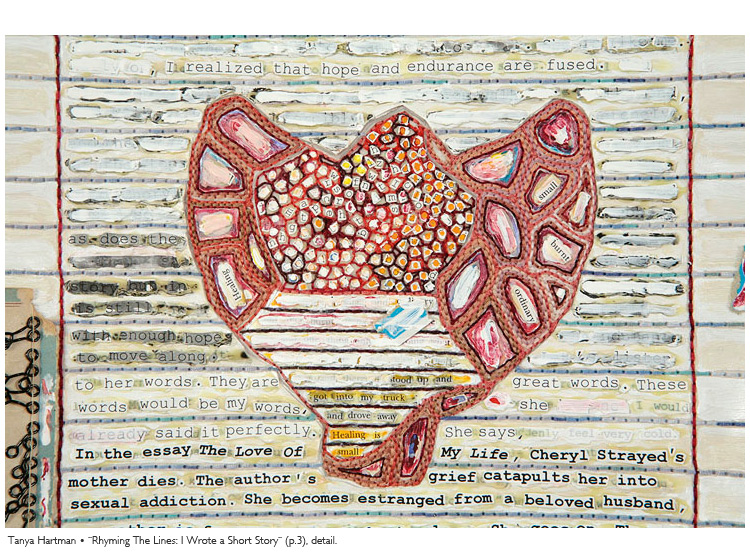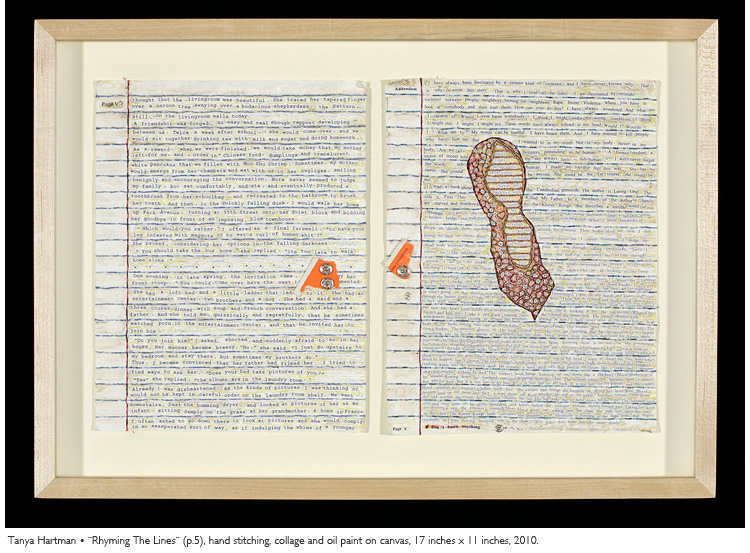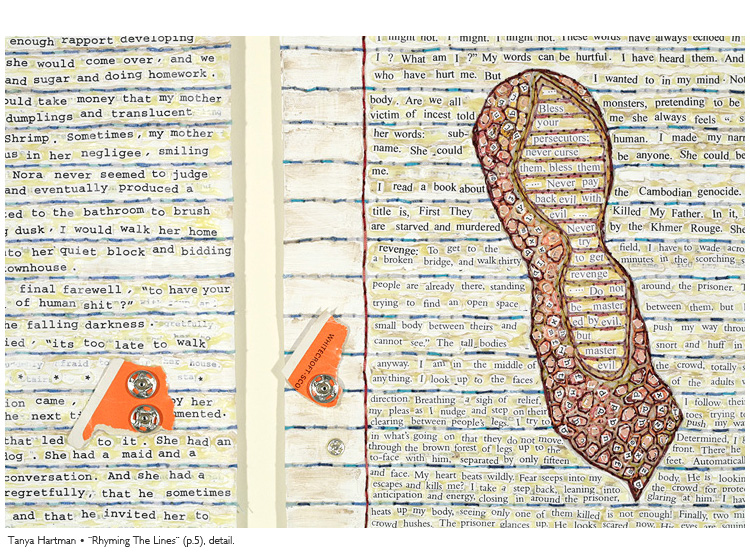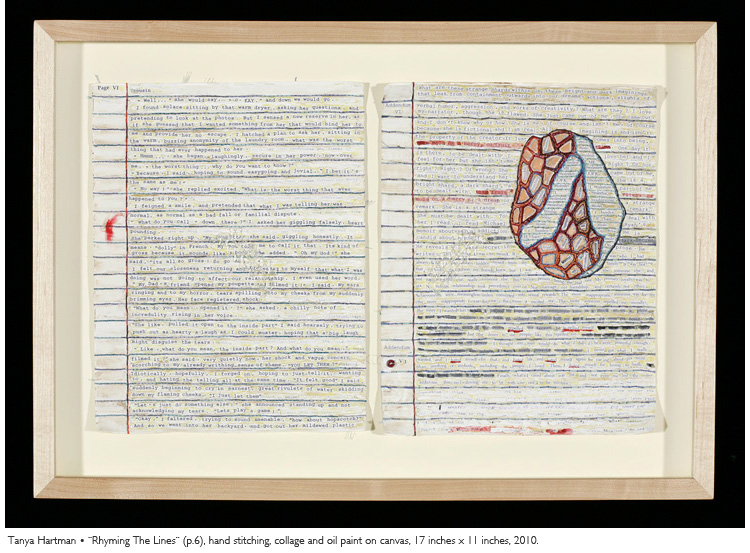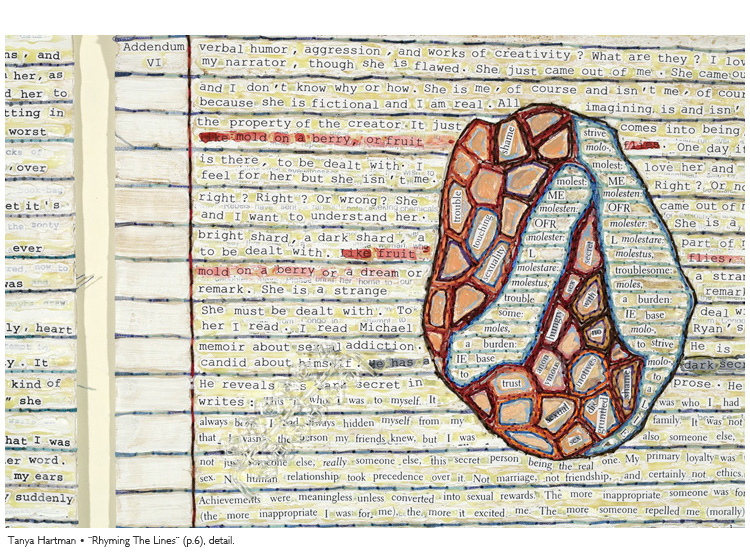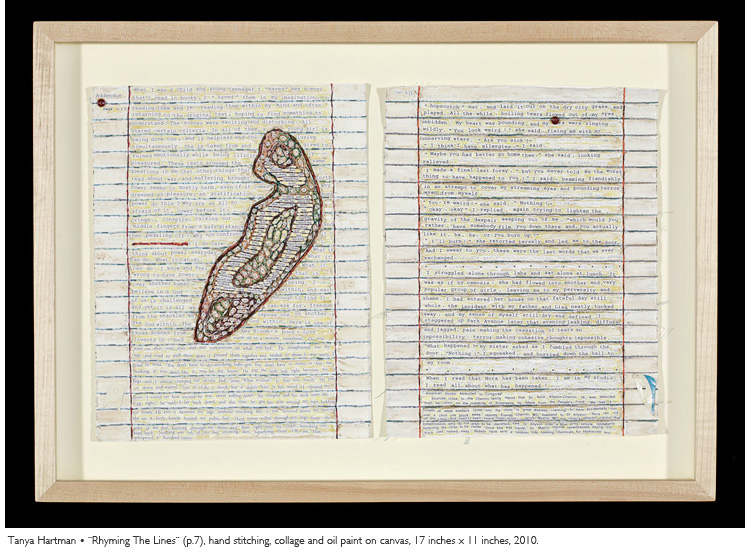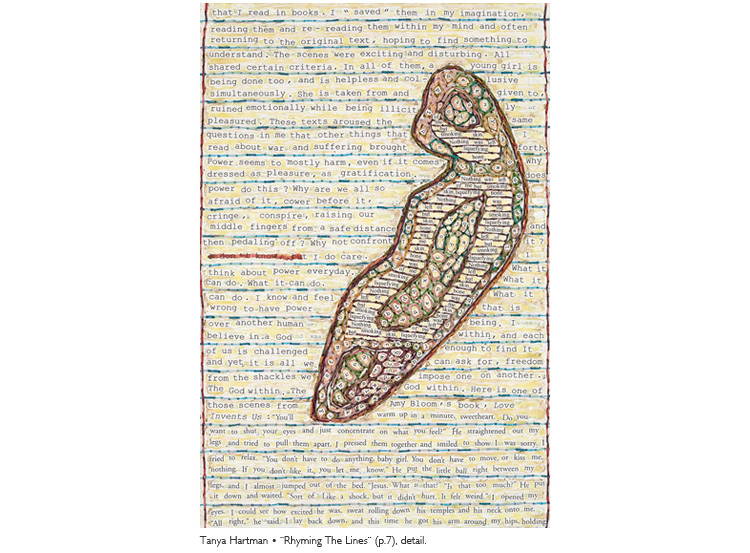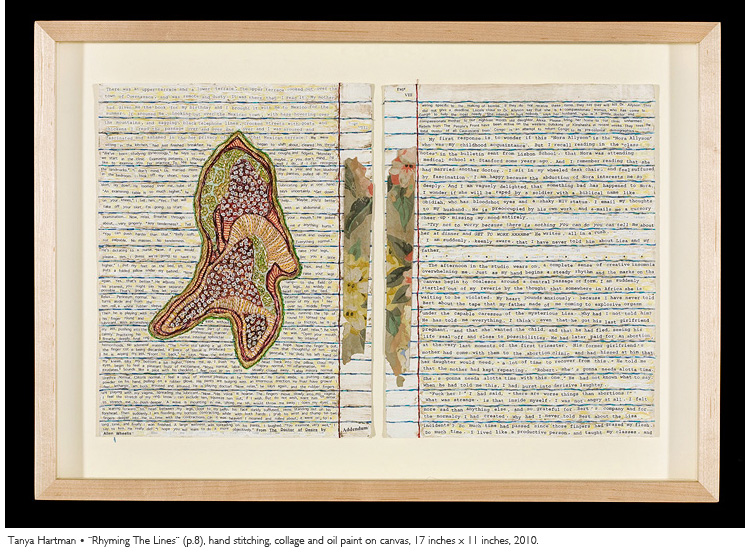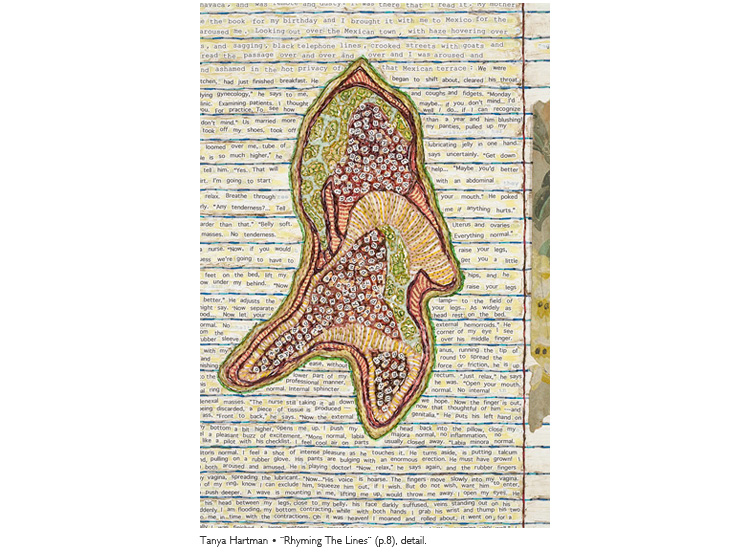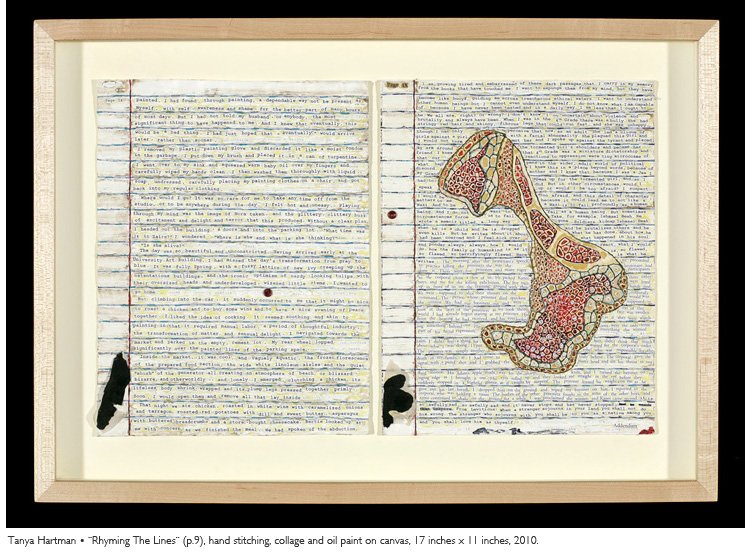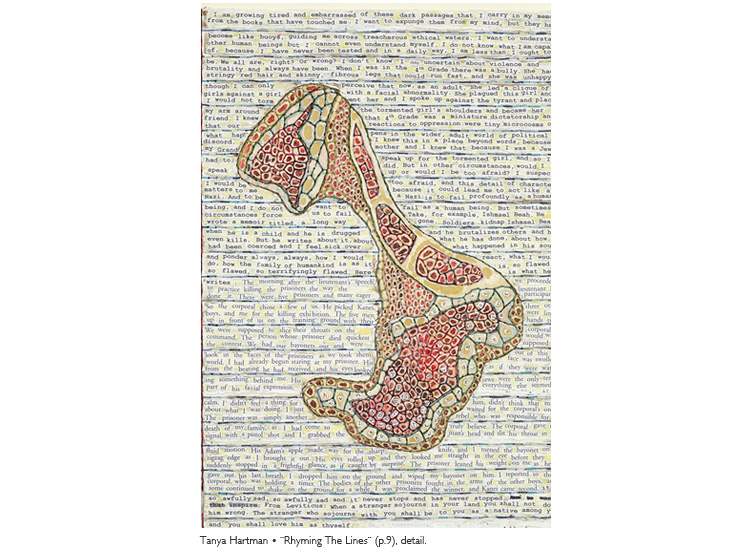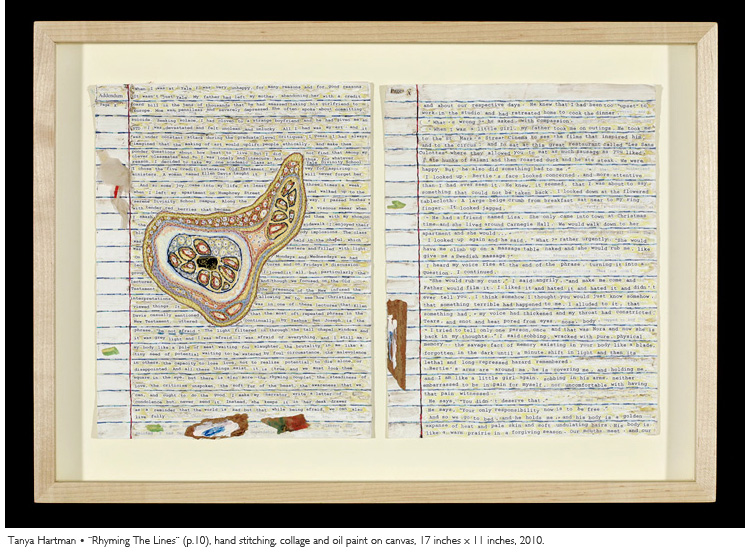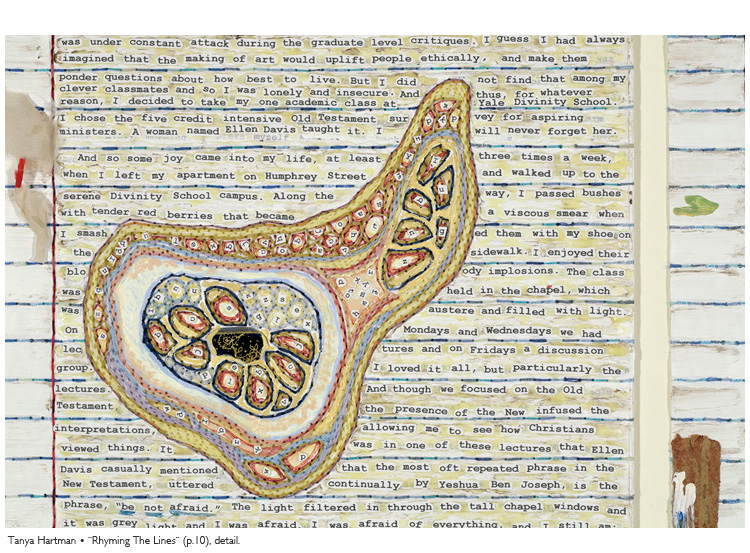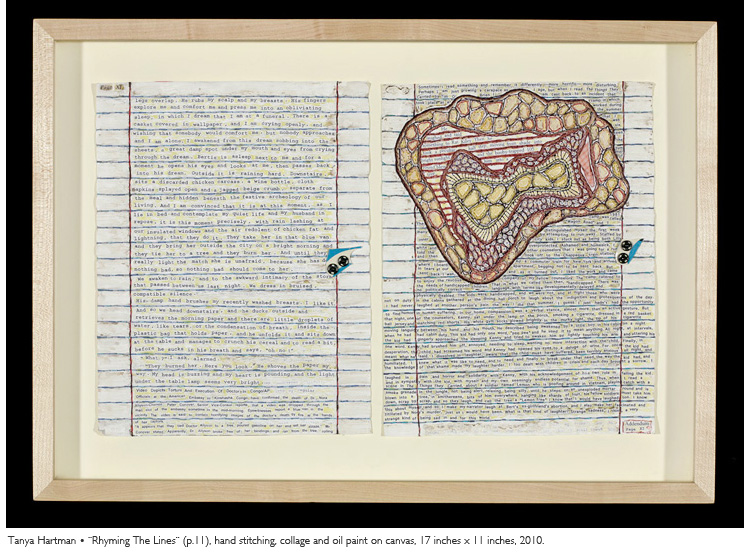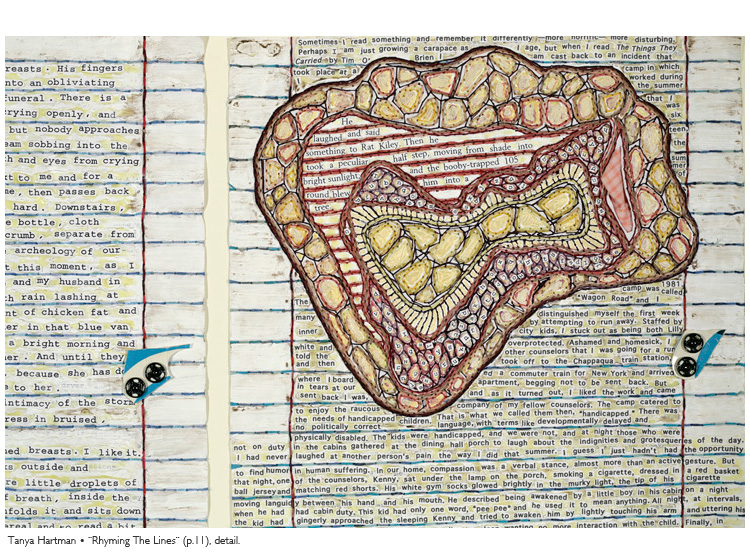Thus, I became interested in the unconscious influences underlying choices made when writing a short story and in all the disparate and remembered fragments that somehow came together in the genesis of the writing. For instance, in April 1993, Amy Biehl, a recent graduate of Stanford University, was murdered while on a Fulbright Fellowship to South Africa. The two men, who were convicted of murdering her by stoning and stabbing, stated that Amy's blond hair had enraged them. The hair reminded them of racial injustice in their country. As I had with Daniel Pearl, I felt kinship with Amy Biehl. I too am white, and I also had a Fulbright Fellowship and went to a "good" school. Could my fascination with Amy's murder in Africa have influenced my decision to have the fictional character of "Nora Allyson" murdered in Congo? Only now, as I write this explanation, do I realize that "Nora's" degree comes from Stanford, just like Amy Biehl's degree did.
And why the Congo? Reading Barbara Kingsolver's novel, The Poisonwood Bible, was my initial contact with Congolese history. That novel so galvanized me, that I have been reading histories of that region for the better part of a year. Books like King Leopold's Ghost by Adam Hochschild, helped me to imagine the kind of wild violence that my short story begins by describing.
Finally, the incestuous video that informs the plot of Rhyming the Lines would be linked to another short story that has an incestuous theme. Lawns, by Mona Simpson, describes the life of a college student who has experienced molestation from her father. She cannot resist stealing mail from other students in an attempt to steal the normalcy of the lives that their letters from home describe. This story is a heartbreaking depiction of how sweet and redemptive ordinary life can be for anyone who has experienced trauma. Coming from a family of Jewish refugees who made Mexico their home to escape from Hitler, the equation of normalcy with safety, moved me deeply. There is one particularly harrowing description of the narrator in Lawns, experiencing her first orgasm at the age of nine (from her father). I think Mona Simpson was brave to be so graphic in her story. I link her scene of sexual "murder" to a similar scene in my own work.
Usually, I invent specific visual structures into which I embed autobiographical and fictional narratives. This project, titled, I Wrote a Short Story, ventures into new territory, because the text embedded in the piece is fictional rather than autobiographical. The attached "addenda" are in a sense autobiographical, in that they describe works of fiction that became a part of my unconscious life, seeping out into the writing of the story. Ultimately, I Wrote a Short Story, will present the sixteen pages of the short story, Rhyming the Lines, and the sixteen "addendum" in one unbroken frame of individual diptychs. Embroidered to evoke a child's writing tablet, these dual "pages" of stitching and collaged text, are of a standard 8.5-inch by 11-inch size. Blue horizontal lines, sewn into the paper at half-inch intervals, and intersected by one stitched, red, vertical line, representing a margin, will, I hope, create an archetypal field, evocative of homework and school. This evocation of childhood is one way that I can express to the viewer that my work is preoccupied with the factual and fictional forms in which memories appear.

|






